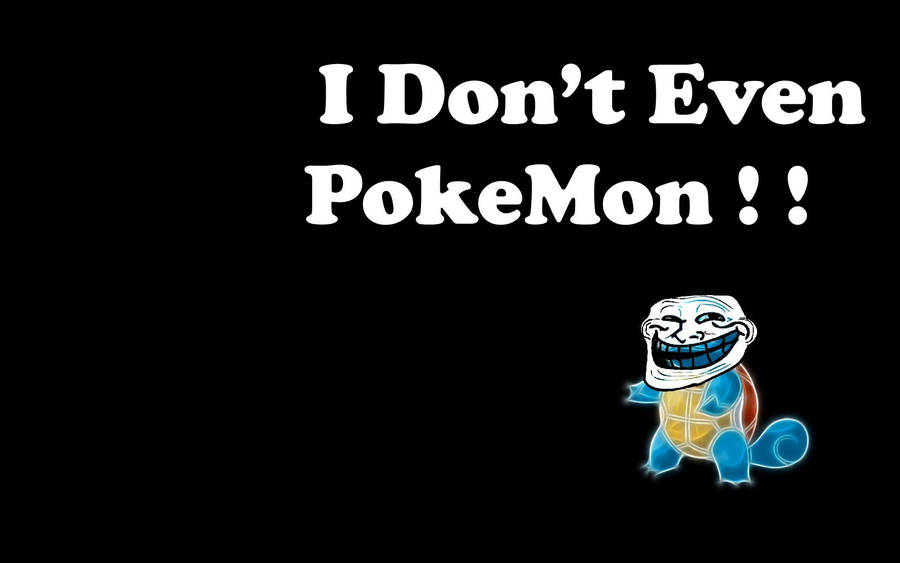Here's a little visual of how I imagine traditional problems compare to tasks to projects:
I am much more comfortable operating in the "task" or problem space: there are a limited number of routes and answers and they can more obviously be connected to specific content that I would like students to learn. We can have productive discussions and students can learn from other approaches and how they relate to their own.
Projects are a more challenging space for me to navigate. I feel like I won't predict all the different possible things that students might choose to investigate, and I'm not always sure what they're going to learn or how it's going to connect to the content of the course or to what other students are doing. There is also greater potential that some students will go off in totally unproductive directions or into a space neither of us understands, and I will not know how to help them make sense of what they uncover.
Students are preparing to launch M&Ms using a launcher they designed after creating a mathematical model for the launch in a unit on quadratic functions. This project was actually pretty structured, so probably not technically a project.
I am also generally unclear how tightly projects should connect to course content. I often use tasks as a way for students to explore and learn specific mathematics, but because projects are more individualized and go farther and deeper, students engaging in them will tend to learn different things and often not ones within the narrowly defined boundary of the course. I have seen teachers basically separate the course into two clear portions: content and projects, which are done separately and often have little to do with each other. Personally, I am not a fan of this because it tends to push content instruction to more traditional methods as a time saver and students see two conflicting ways of doing math. But trying to make projects an integrated part of the curriculum means that I can't always use ones that are really open and need to have a sense of each student's direction and how it connects to the course.
This is a pattern created by a student for a project in the series and sequences unit. Some students got a ton out of this project, others created simple linear patterns and went on with their day. How do I make sure that everyone is appropriately challenged with open projects?
The other aspect of projects that has been hard for me to manage is time. My students can't just be assigned a project and complete it individually (I guess if that were the case, the project is probably not sufficiently challenging). They need time to figure out how to explore, to get feedback on their ideas and attempts to communicate those ideas, and to get unstuck and make sense of what they find. It is really hard to find projects that will appropriately challenge all of my students and then make enough time and provide the right amount of support to have them be valuable, positive experiences that promote learning and self-confidence. Additionally, they take much more time to grade and provide useful feedback on because students have gone off in totally different directions and learned varying amounts and types of math. How can I use a common rubric? How can I assess a student's work that seems so much less productive than another student's, but perhaps, the first student actually worked harder and learned more?
Solar cooker project completed by students in @michaelpeller's class. Hopefully next year, this will be a collaborative project between Math and Engineering.
Clearly, I think they are worthwhile to do, but there are many things that can go wrong and I need to really think harder about the purpose of projects and the optimal frequency for doing them in my classes. Ideally, the math teachers in my school would discuss this as a department and come to a consensus on these questions and create a project thread that went through all of our courses and spiraled and built on work from prior years. In an ideal world, projects would also cross disciplines and leverage students' strengths and interests.
I have so many questions about how to do this... what are good starting projects? How can I get better at supporting and providing feedback on projects? How do I help students learn to better manage their time and work more independently/cooperatively on projects? If you have had some success with projects, please share any resources, both print and digital, that you have found helpful. If this is something that you'd like to work on next year, let me know and we can trial and error together!





























